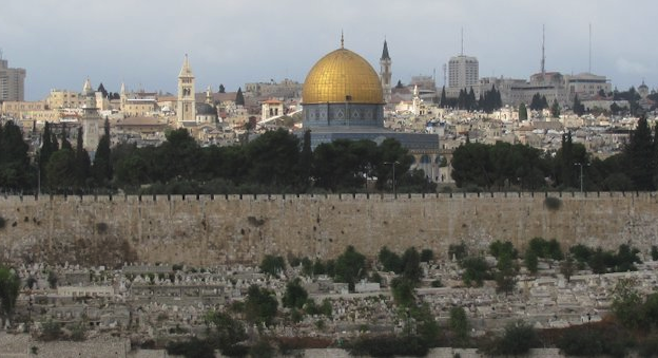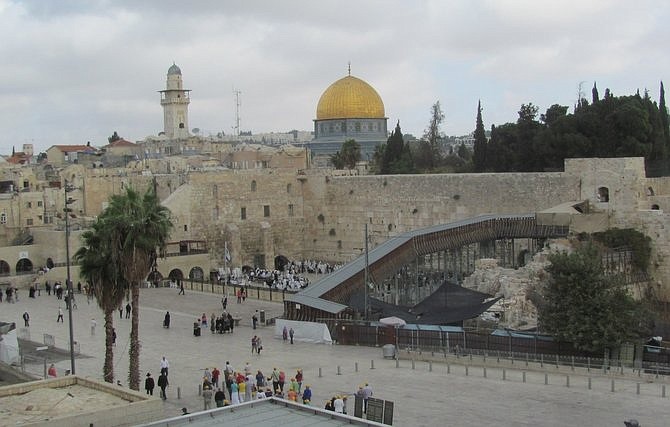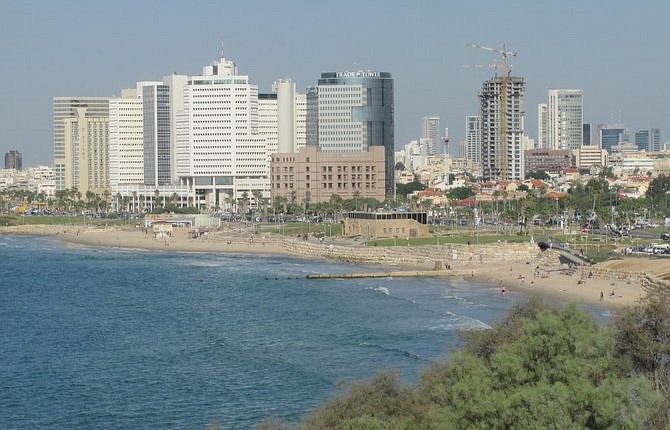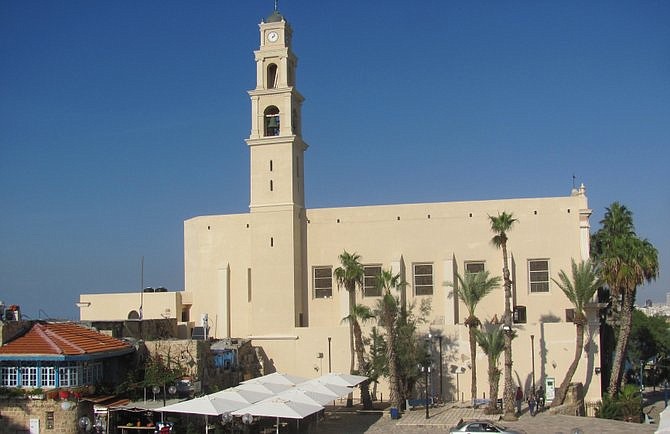 Facebook
Facebook
 X
X
 Instagram
Instagram
 TikTok
TikTok
 Youtube
Youtube

In no other country in the world are the two largest cities such polar opposites.
Jerusalem, Israel's ancient and current capital city, is both informed and haunted by its history. Tel Aviv, on the other hand, is modern both in architecture and attitude; it sits on the Mediterranean coast and is the country's high-tech and secular capital.
I recently had a chance to explore both of these fascinating places.
Jerusalem
Jerusalem may be the single most historic city in the world. It is holy to three major world religions, all of which are represented by quarters of the Old City. It's a deeply religious city and the center of Jewish orthodoxy.

One could spend days just in the Old City, which contains Jerusalem’s most iconic sights in an amazingly compact area. Don’t miss the Wailing Wall (left), the Temple Mount and the Via Dolorosa (the Stations of the Cross). Here are some of the most sacred sights of the three major religions.
Next to the old city, the Mount of Olives is home to half a dozen major sites of the Christian faith along with great views over the old city. Start with the Tomb of the Virgin and the Garden of Gethsemane at the foot of the Mount and make your way to the Mosque of the Ascension at the top.
To get an overview of Israeli history and culture, visit the Israel Museum in the western district of the city, a little south of the distinctive Knesset building (Israeli Parliament).
Tel Aviv
Tel Aviv, originally the capital of modern Israel until it was moved to Jerusalem in 1980, is Jerusalem’s counterpart.

Although there’s a compact historic core in the southern neighborhood of Jaffa (historically Arabic, not Jewish), Tel Aviv is a thoroughly modern city. Much of the architecture is Bauhaus, a German style that gives it its nickname, “The White City”.
The city's main attraction is its Mediterranean coast. Stretching from Jaffa to the marina in the north is a long boardwalk along the beach, along with many beachside cafes and parks.
Further inland are world-class museums, starting with the must-see Tel Aviv Museum of Art. There are also quite a few museums and historical sights dedicated to telling the story of Israel’s modern founding.

For the history buff, Jaffa is the historical center and may date back as far as 1440 B.C., according to Egyptian sources. The architecture on display here, however, dates from the Ottoman period.
In Conclusion
To fully grasp the range between modern secular Israel and orthodox faith, visiting both of these cities is a must.
Jerusalem represents and preserves the cultural history of the Jewish faith; Tel Aviv is everything Jerusalem is not – highly secular, dominated by modern architecture and full of nightlife.


In no other country in the world are the two largest cities such polar opposites.
Jerusalem, Israel's ancient and current capital city, is both informed and haunted by its history. Tel Aviv, on the other hand, is modern both in architecture and attitude; it sits on the Mediterranean coast and is the country's high-tech and secular capital.
I recently had a chance to explore both of these fascinating places.
Jerusalem
Jerusalem may be the single most historic city in the world. It is holy to three major world religions, all of which are represented by quarters of the Old City. It's a deeply religious city and the center of Jewish orthodoxy.

One could spend days just in the Old City, which contains Jerusalem’s most iconic sights in an amazingly compact area. Don’t miss the Wailing Wall (left), the Temple Mount and the Via Dolorosa (the Stations of the Cross). Here are some of the most sacred sights of the three major religions.
Next to the old city, the Mount of Olives is home to half a dozen major sites of the Christian faith along with great views over the old city. Start with the Tomb of the Virgin and the Garden of Gethsemane at the foot of the Mount and make your way to the Mosque of the Ascension at the top.
To get an overview of Israeli history and culture, visit the Israel Museum in the western district of the city, a little south of the distinctive Knesset building (Israeli Parliament).
Tel Aviv
Tel Aviv, originally the capital of modern Israel until it was moved to Jerusalem in 1980, is Jerusalem’s counterpart.

Although there’s a compact historic core in the southern neighborhood of Jaffa (historically Arabic, not Jewish), Tel Aviv is a thoroughly modern city. Much of the architecture is Bauhaus, a German style that gives it its nickname, “The White City”.
The city's main attraction is its Mediterranean coast. Stretching from Jaffa to the marina in the north is a long boardwalk along the beach, along with many beachside cafes and parks.
Further inland are world-class museums, starting with the must-see Tel Aviv Museum of Art. There are also quite a few museums and historical sights dedicated to telling the story of Israel’s modern founding.

For the history buff, Jaffa is the historical center and may date back as far as 1440 B.C., according to Egyptian sources. The architecture on display here, however, dates from the Ottoman period.
In Conclusion
To fully grasp the range between modern secular Israel and orthodox faith, visiting both of these cities is a must.
Jerusalem represents and preserves the cultural history of the Jewish faith; Tel Aviv is everything Jerusalem is not – highly secular, dominated by modern architecture and full of nightlife.
Comments